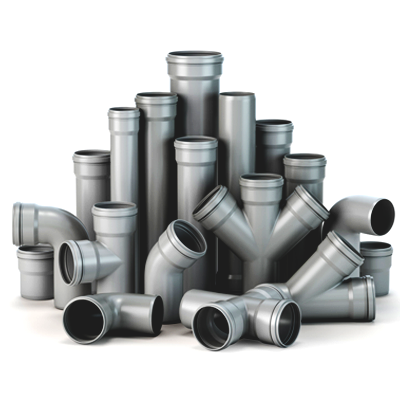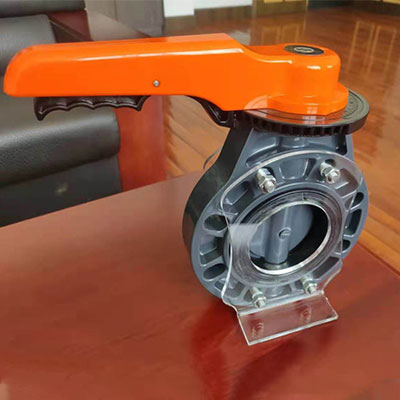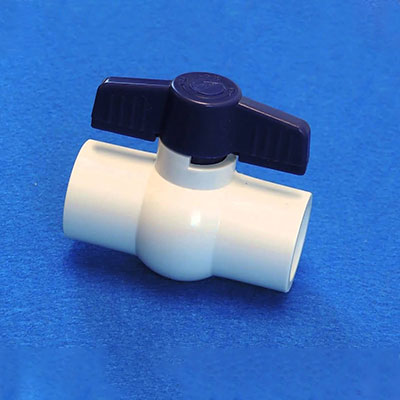
How saddle Clamp is used to join two pipes together?
What is Saddle Clamp?
Saddle Clamp is a type of pipe fitting that is used to join two pipes together. It is made of polypropylene, which is a type of plastic. The clamp is placed over the two pipes and then tightened in order to create a seal. This seal prevents leaks and ensures that the two pipes are securely joined together.
Saddle Clamp is a versatile fitting that can be used in a variety of applications. It is perfect for use in both residential and commercial settings. The clamp is easy to install and does not require any special tools or training. PP Saddle Clamp is an affordable way for those who need to join two pipes together. It is a durable fitting that will provide years of reliable service.
Hydroplast’s polypropylene saddle clamps are a versatile product that can be used in a variety of applications. The clamps are made from a strong and durable material that is resistant to corrosion and UV light. The clamps are easy to install and remove, and they can be reused many times. Hydroplast’s saddle clamps are an ideal solution for securing pipes and tubing in place.

Properties of Saddle Clamps
When it comes to choosing the right saddle clamp for your needs, you can’t go wrong with polypropylene. Polypropylene or PP saddle clamps are strong and durable, making them ideal for a variety of applications. Whether you need a clamp for an electrical or plumbing project, or you’re looking for a way to secure a pipe or tube, polypropylene saddle clamps are up to the task.
Hydroplast PP clamp saddles are produced in accordance with EN 712/713/715/911 and ISO 3501/3503/3458/3459 specifications. The fittings can be put on HDPE pipes that meet the requirements of UNE 53131, DIN 8072, and ISO 11922. The threaded variants are produced in accordance with ISO 7 and DIN 2999 standards.
Single branch out Hydroplast PP clamp saddles are made to couple with pipes DN20mm to DN315mm and threaded branches from 1/2″ to 4″. provided with a metal strengthening ring on the threaded branches and 2, 4, or 6 bolts, depending on the diameter.
Different Types of Saddle Clamps
There are three types of polypropylene saddle clamps: heat-seal, cold-seal, and ultrasonic.
Heat-seal Saddle Clamps
Heat-seal Saddle Clamps are the most common type of clamp used in the industry. They are made by heating a metal die and then pressing it into the polypropylene to create a seal.
Cold-seal Saddle Clamps
Cold-seal Saddle Clamps are made by cooling a metal die and then pressing it into the polypropylene to create a seal.
Ultrasonic Saddle Clamps
Ultrasonic Saddle Clamps are specifically designed to create a strong, secure connection between two pieces of polypropylene pipe. This type of clamp is often used in applications where high vibration or movement is present. Ultrasonic saddle clamps are easy to install and provide a reliable, long-lasting connection.
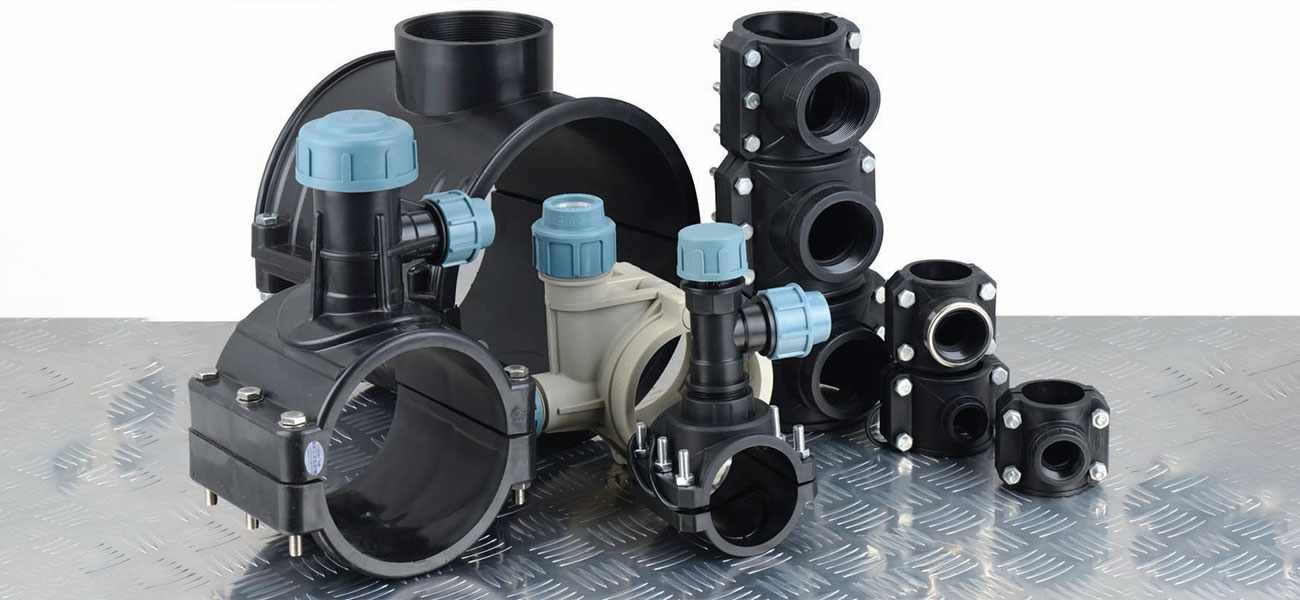
Advantages of Saddle Clamps
Saddle clamps are an important part of the piping system for many industries. There are many advantages to using PP saddle clamps:
- They are easy to install and remove, which reduces downtime and increases productivity.
- They have a wide variety of applications, including food and beverage processing, chemical processing, and water treatment.
- They are made from a strong, durable material that can withstand high temperatures and pressures.
- PP saddle clamps are made from polypropylene, which is a durable plastic that can withstand high temperatures. This makes them ideal for use in applications where heat-sealing is required, such as food packaging.
- PP saddle clamps are also very easy to clean and disinfect, making them perfect for use in sterile environments.
- Perhaps most importantly, PP saddle clamps are very affordable – you’ll be able to save money on your next project without sacrificing quality or performance.
- PP saddle clamps meet drinking water regulations, are bacteriologically neutral, and are safe.
- PP saddle clamps come with smooth inner walls to reduce pressure loss and increase flow speed.
- Sound insulation (reduced by 40% compared to galvanized steel pipes).
How to Install Saddle Clamps?
Saddle clamps are an essential part of any piping system. Installing them correctly is crucial to the overall performance of the system. Here we will provide a step-by-step guide on how to install polypropylene saddle clamps.
- Before you start, make sure you have the correct tools and materials. You’ll need a heat gun, PP saddle clamps, and a work surface.
- Begin by cutting the pipe that will be receiving the clamp. Make sure that the cut is clean and square.
- Slide the clamp over the end of the pipe.
- Center the clamp on the pipe, making sure that there is an equal amount of pipe protruding from either side of the clamp.
- Using a heat gun, heat up one side of the clamp until it is soft and pliable.
- Wrap this side of the clamp around the pipe, making sure to overlap the edges slightly.
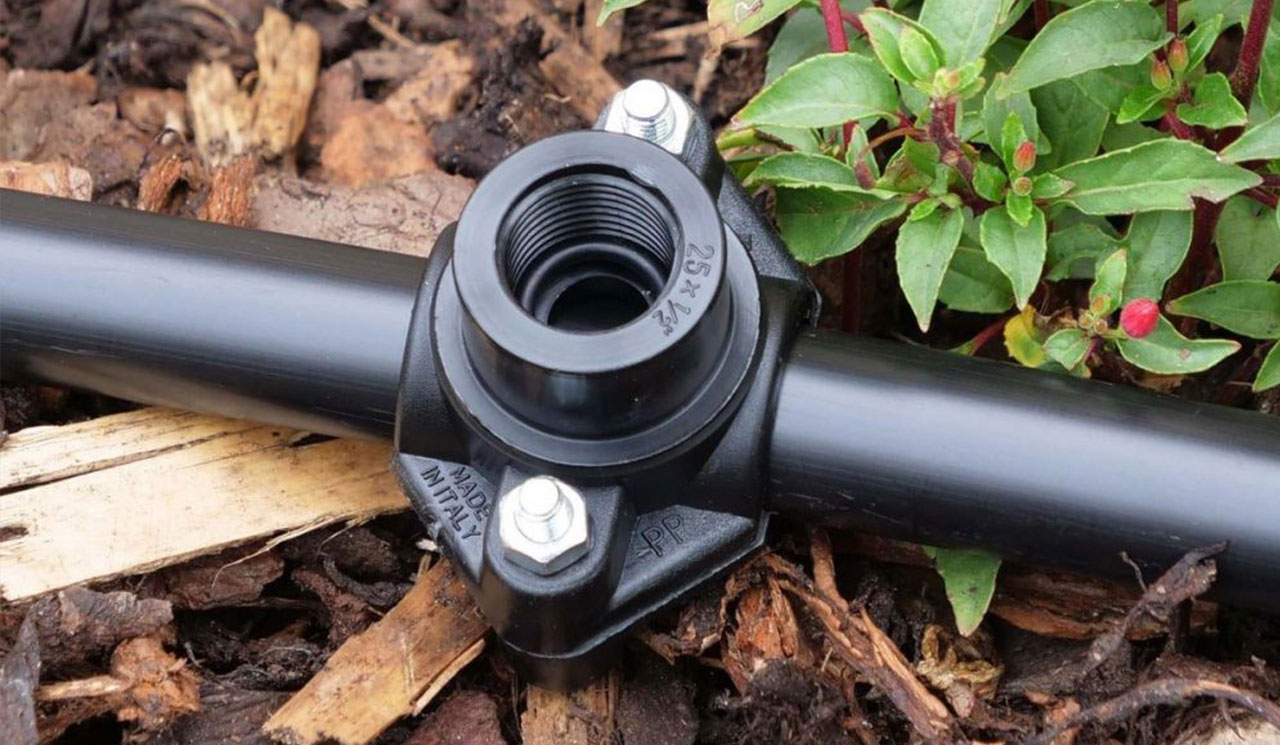
Conclusion
We hope that this blog has helped to clarify some of the different types of saddle clamps available and their installation. If you have any further questions, please feel free to reach out to us in our FAQ section or write us an email. Finally, we would like to remind readers that PP Saddle Clamps are backed by a lifetime warranty, so don’t hesitate to contact us if you have any issues with them.
FAQ
What is Polypropylene?
Polypropylene is a thermoplastic made from hydrocarbons and hydrogen. The polymer is heated until it liquefies, which forms propylene gas and high-pressure liquid polymer. The propylene gas is then cooled and injected into the plastic polymer to create the desired shape or texture. Polypropylene is often used in products such as car parts, insulation, food packaging, and toys.
Why Should We Use Polypropylene Saddle Clamps Over Traditional Saddle Clamps?
Saddle clamps made from polypropylene are less likely to wear down over time, making them a better option for long-term use. Additionally, they are less likely to cause any damage when applied to the surface they are intended to grip. Lastly, polypropylene saddle clamps are often slightly more comfortable than traditional saddle clamps due to their softer material.
Is Polypropylene Saddle Clamps Environmental Friendly?
Polypropylene saddle clamps are often thought of as a more environmentally friendly option over traditional metal clamps. They are made from a much less polluting material, can be recycled, and do not require the use of lubricants or adhesives that often lead to pollution. However, there are some downsides to using polypropylene saddle clamps. They can be more difficult to work with than metal clamps and are not as durable. Additionally, they may not work well with certain materials because of their low melting point.
Is it Safe to Use Polypropylene Saddle Clamps for Potable Water?
Polypropylene saddle clamps are a common type of water clamp. However, some people are concerned about the safety of using them for potable water. There is limited research on the safety of polypropylene saddle clamps, but studies that do exist suggest that they are safe to use for potable water. The main concern is that polypropylene can release chemicals when it is heated or cooled. This could potentially create health risks if the clamp was used to hold someone’s skin against their body while they were drinking from a water bottle. Overall, there do not appear to be any significant health risks associated with using polypropylene saddle clamps for potable water purposes.
Polypropylene products are FDA-approved for food contact and can be used with potable water. They have proven to be an effective way to hold containers in place and are safe to use. The clamps are heat resistant, allowing them to be used with hot liquids and steam.




